UN says nearly 60,000 displaced in northern Mozambique
Nyusi inaugurates bridge over bay of Maputo
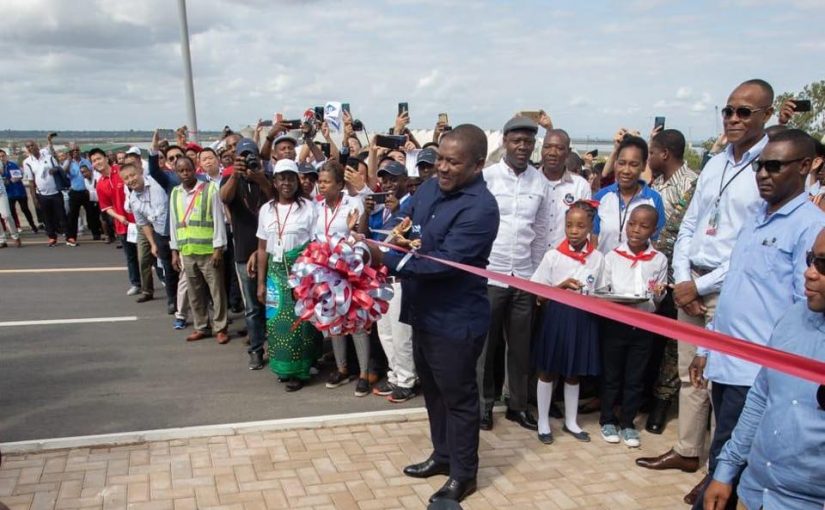
Photo: Photo: Presidente Filipe Nyusi / Facebook
Mozambican President Filipe Nyusi on Saturday inaugurated the first ever bridge across the Bay of Maputo, linking the central area of the Mozambican capital to the outlying municipal district of Katembe.
The date of the inauguration was chosen for its symbolic value: it is the “day of the city”, the 131st anniversary of the elevation of Maputo, once a small Portuguese settlement at the mouth of the Espirito Santo estuary, to the status of a city.
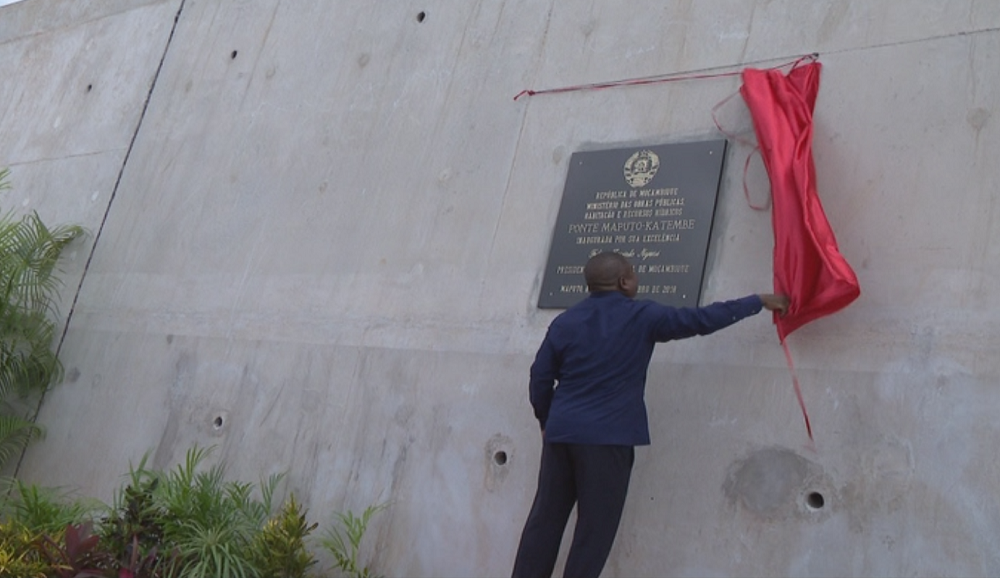
The Maputo-Katembe bridge is the largest engineering project built entirely since independence in 1975. It is the longest suspension bridge in Africa, running for 3,010 metres. The central span, carrying traffic over the bay is 680 metres long. The second longest span in Africa is 520 metres long, on the Matadi Bridge in the Democratic Republic of Congo.
The bridge towers 60 metres above the Bay, thus allowing ships of all sizes to pass under the bridge as they enter or leave the port of Maputo. The bridge is 25.6 metres wide, with four lanes of traffic, two in each direction.
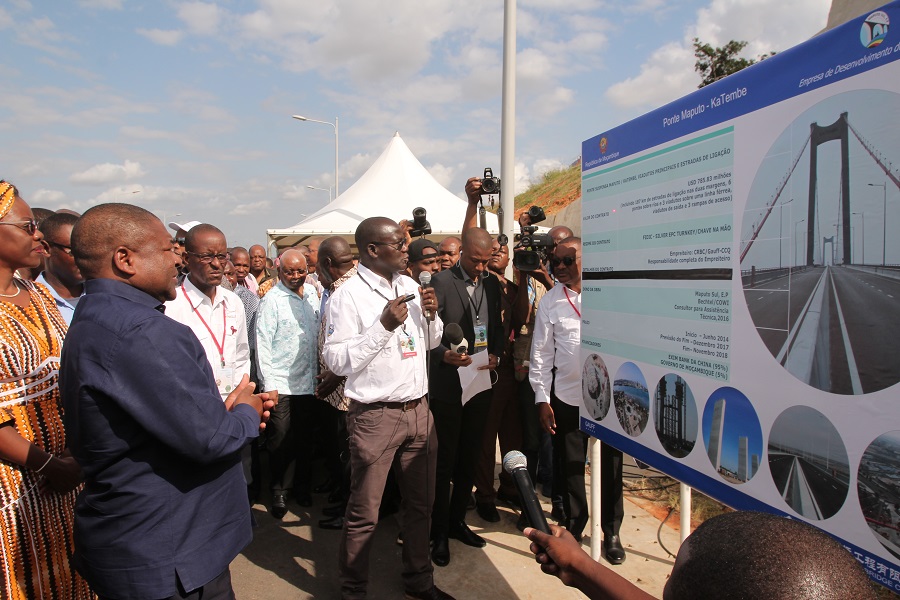
The pillars holding the suspension cables are 136 metres tall on the north bank, and 135 metres on the south bank. They are duly signposted and illuminated to alert low flying aircraft.
187 kilometres of connecting roads linking Katembe to Bela Vista, capital of the southernmost district of Matutuine, to the tourist resort of Ponta do Ouro, and to the South African province of Kwazulu-Natal are part of the same project, and the same contract between the Mozambican government and the China Roads and Bridges Corporation (CRBC).
The cost of the entire project was 785.8 million US dollars. 95 per cent of this sum is a loan from the Chinese Export-Import Bank, and the other five per cent comes from the Mozambican government.
At peak building moments, according to the Minister of Public Works, Joao Machatine, 3,000 workers were employed – 2,400 Mozambicans and 600 foreigners (mostly Chinese). He said the highest standards of health and safety were enforced while building the bridge.
For the residents of Maputo and Katembe, the main impact of the bridge is that they will no longer have to depend on an obsolete and unreliable ferry to cross the Bay. Long waits for the ferry will become a thing of the past. And, unlike the ferry, the bridge can be used at any time of day and night. Tolls are charged on the bridge – but they are cheaper than the prices the ferry charges to carry vehicles.
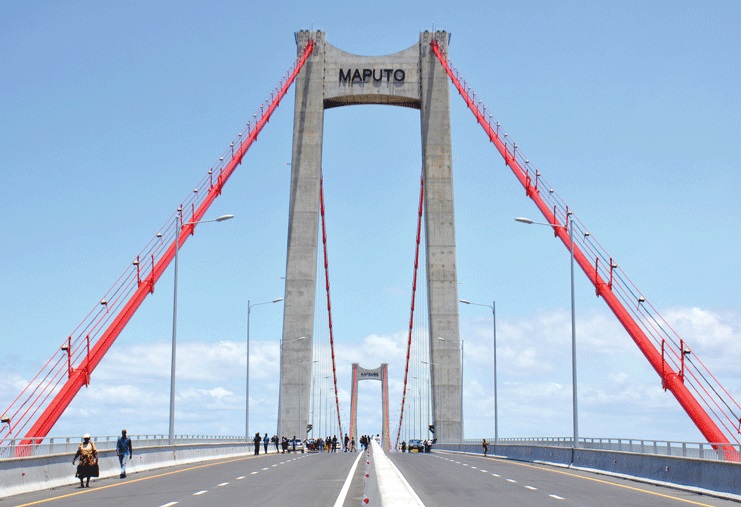
One drawback of the bridge is that, for safety reasons, pedestrians and cyclists are not allowed to cross it. But the Mayor of Maputo, David Simango, has guaranteed that the municipal bus company will run routes from Katembe to municipal districts north of the bridge.
After unveiling a plaque on the north side of the bridge, Nyusi crossed to Katembe, where he told a rally that putting a bridge across the Bay had been a dream of the country’s first President, Samora Machel, continued by his successors, Joaquim Chissano and Armando Guebuza.
It was under Guebuza’s Presidency that the deal with the Chinese Exim Bank was signed, and work could begin. “I didn’t do anything extraordinary”, said Nyusi. “I just completed a job that was begun six months before I took office”.

“This bridge ends the isolation of Katembe and of the far south of Mozambique”, said Nyusi. The bridge could allow “a new city” to emerge in Katembe, and was also key to the development of eco-tourism in the “Maputo Special Reserve”, a conservation area in Matutuine that includes both inland and marine wild life.
The Maputo-Katembe bridge and the connecting roads are part of the broader plan to extend the main north-south highway (EN1) so that it really does go all the way from the Tanzanian to the South African border. Up until Friday, EN1 ran from Maputo to Pemba, capital of the northern province of Cabo Delgado.
With the inauguration of the bridge and the connecting roads, EN1 now stretches to Ponta do Ouro and the Kwazulu-Natal border. At the northern end, Nyusi said, work had begun on the road in Cabo Delgado from Mueda to Negomano, at the southern end of the Unity Bridge over the Rovuma River between Mozambique and Tanzania.
When the road was complete the entire length of the country, it could form part of the long imagined “Cape to Cairo” route, the President added.
“We had to think strategically about what we wanted and how to do it”, Nyusi said. “In every adversity, there is an equivalent opportunity”. The bridge and its connecting roads, he believed, had enormous potential for strengthening the Mozambican economy and southern African regional integration.
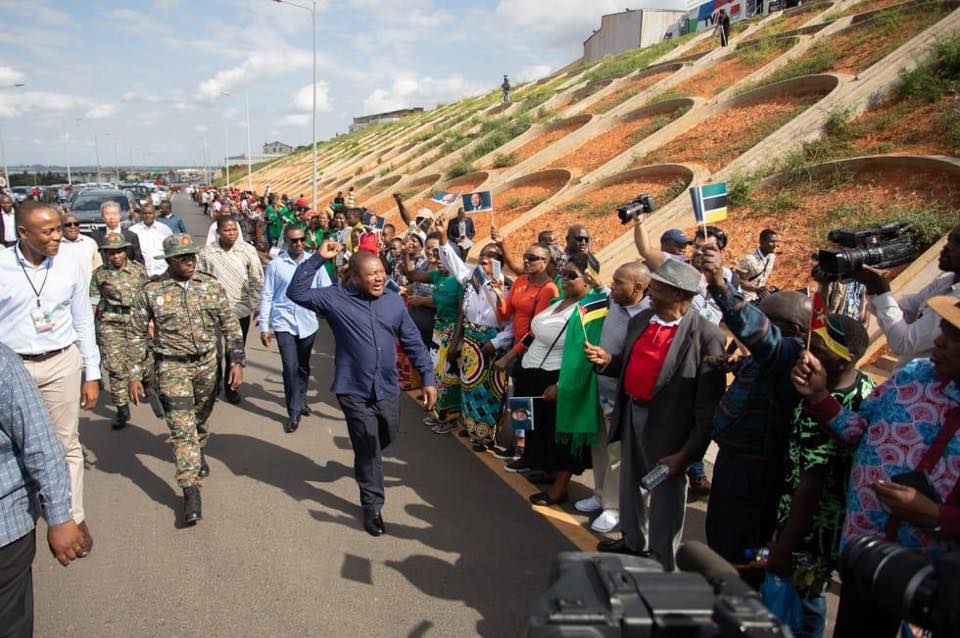



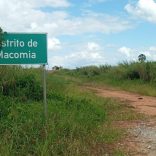



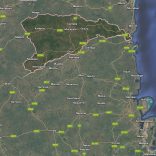
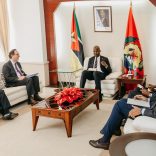

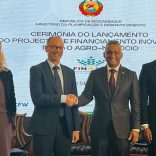


Leave a Reply
Be the First to Comment!
You must be logged in to post a comment.
You must be logged in to post a comment.